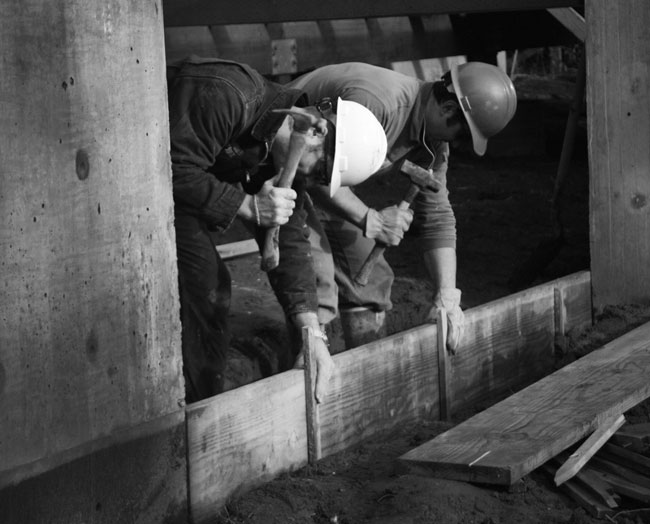When thinking about green building, folks can get pretty preoccupied with green material choices and LEED credits. There’s nothing wrong with that, as long as we never forget the importance of durability in green building.
One need look no further than Salem, Oregon to be reminded of the perils of neglecting durability in a green building project. As Nick Bjork reported in yesterday’s Daily Journal of Commerce, the LEED-certified Salem Courthouse Square just failed a second round of structural tests, making the future of the 10-year-old building even more uncertain. What good is a LEED-certified building that lasts only 10 years?
When we truly “build green”, durability is not an afterthought, it’s a central focus. After all, building to last is the most fundamental form of sustainable building. That’s partly what John Ruskin was getting at with this quote:
“When we build… let it be such work as our descendants will thank us for.”

Alex Wilson, energy blogger at BuidingGreen.com, is in the midst of an excellent 10-part series about what he sees as green building’s top ten priorities. What did he place at priority #6 in today’s blog? “Ensure Durability”. “Hear, hear!” we say.
Wilson argues that the planned obsolescence of 50-year-lifespan houses is the antithesis of green building. We need to be building homes that last 500 years, not 50. In his blog post he outlines three steps for ensuring this kind of durability:
- Designing right with proper construction details – things like deep roof overhangs, good drainage away from the foundation, “rain screens” on exterior walls to allow siding to dry, and creating airtight, but vapor permeable building envelopes.
- Selecting durable products and materials – the longer-lived a product, the more years we have to amortize its environmental impact (the energy expended and environmental damage created in producing the material).
- Hiring someone with expertise in building science. – Wilson writes, “hire someone with expertise in building science. This applies equally to new construction and remodeling. It’s complicated–and it’s important that your designer and contractor understand what’s involved in building (or remodeling) a home in a way that will keep it going strong for hundreds of years.” Right on!
We would take it a step further and add “expert craftsmanship” to Wilson’s list of durable building essentials. No matter how good the construction details, materials, or building science, everything needs to be installed with exactitude by craftspeople who take pride in their work. (Our entire business model is based on this notion, so we feel pretty passionate about it.) Otherwise stuff fails before its time.
Check out Wilson’s ongoing installments of his top ten green building priorities.
-Zack
Back to Field Notes